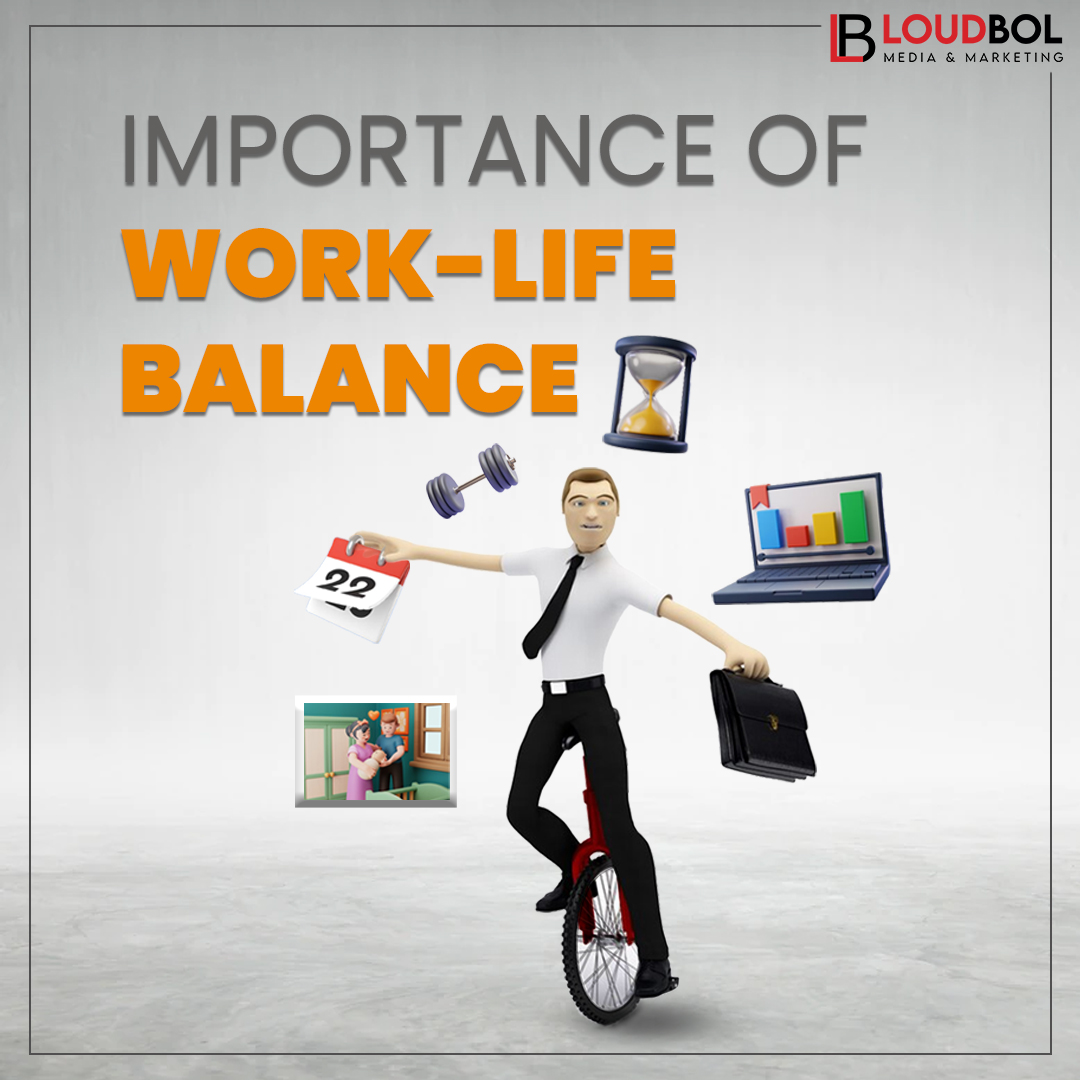
Have you ever realized that you’re missing out on the essential things in life due to a constant workload and decided to make a change? [AS1]
In this fast-paced world, every worker should know the vital terms behind work-life balance, for a happy and satisfying life. However, with the constant demands of work and personal life, it can be challenging to find the right balance.
In this blog, we will explore tips and strategies to help you achieve a better work-life balance, including creating boundaries. A challenge faced by workers, how to manage them, and how businesses can assist workers in it.
Before moving ahead, first, understand what is work-life balance
Work-life balance refers to the level of prioritization between personal and professional activities. The extent to which activities related to a person’s job and career are integrated into their personal life.
It is an aspect of employee well-being related to the ability to manage personal and professional responsibilities easily. Work-life balance is the state of equilibrium where a person equally prioritizes the demands of one’s career and personal life.
It is essential to achieve a work-life balance to maintain a positive and fulfilling life, protect one’s health, and increase productivity.
What is the Importance of Work-Life Balance?

A healthy work-life balance is not only crucial for relationships and health, but it also increases productivity and performance. In other words, if employees don’t see their work as a duty, they’ll work harder, make fewer mistakes, and are more inclined to promote your business.
Challenges faced by individuals while managing work-life balance
Individuals face several challenges while managing work-life effectiveness, such as working long hours and difficulty in setting boundaries.
Inability to say “NO,” lack of time for personal interests and hobbies, and difficulty prioritizing tasks.

Other challenges include:
- The tendency for work hours to bleed into the evening.
- Difficulty achieving a realistic schedule.
- The pressure to deliver on specific key performance indicators.
These challenges can lead to stress, burnout, and negative personal and professional life consequences.
However, by following some practical tips such as setting clear boundaries, learning to say “no,” assessing priorities, and taking breaks, individuals can improve their work-life balance and achieve a healthier overall experience.
12 Tips to improve work-life balance

- Pause and evaluate your life.
- Assess your priorities and identify what you’d like to adjust.
- Set clear boundaries at work to create a work-life balance.
- Establish a balance that makes you feel happy and healthy.
- Learn to say “NO” to avoid overworking and long hours.
- Set a sensible agenda and stick to it.
- Take breaks and make time for self-care.
- Prioritize your tasks and delegate when possible.
- Use technology, such as setting email boundaries and using productivity apps.
- Communicate with your employer and colleagues about your needs and limitations.
- Make a plan for hobbies and activities outside of work.
- Seek support from friends, family, or a therapist if needed.
Ways to Help Workers Achieve a Good Work-Life Balance
There are several ways to help employees achieve a good work-life balance.
- One way is to offer flexible work schedules, such as allowing employees to work from home or adjust their hours.
- Encouraging breaks and time off can also increase productivity and enhance work-life balance.
- Employers can also set a realistic schedule and prioritize tasks to avoid overworking employees.
- Employers can also keep an open-door policy and be sensitive to employees’ needs and concerns. Furthermore, offering opportunities to address workload and encouraging holiday hours.
- Ultimately, promoting work-life balance can benefit both individuals and organizations. It assists by reducing stress, increasing productivity, and improving overall well-being.
Final thoughts
One of the best methods to meet the needs of the majority of people about work-life balance is by creating a flexible and transparent work environment. No matter the generation they belong to.

The right work environment will increase productivity, reduce stress, and support team members in maintaining healthy routines. To establish a more flexible work environment that appeals to workers of all generations, it is a good idea to allow for home offices and flexible work hours.
Desperate searches for work-life balance will progress with cultural, generational, and economic changes. Leaders should try something new if people report poor work-life balance. This is an ideal way to retain talented employees and make them loyal.
To explore life at Loudbol visit
[AS1]This one



Average Rating